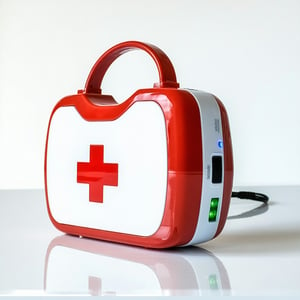Should communities have automated external defibrillators (AEDs) available for medical emergencies? “Sudden cardiac arrest (SCA) is a leading cause of death, killing more than one million people worldwide each year. SCA can strike persons of any age, gender, race, and even those who seem in good health. When sudden cardiac arrest occurs, the heart is no longer able to pump blood to the rest of the body, and in more than 90% of its victims, death occurs. A defibrillator is required to restore a natural rhythm. According to the American Heart Association (AHA) and European Resuscitation Council (ERC), the sooner the defibrillation, the better the victim's chances of survival.” (https://www.cardiacscience.com/resources/aed-education-materials/about-sudden-cardiac-arrest.php)

If your community association has amenities including fitness centers, tennis courts, basketball courts, or pools; discussing the addition of community AEDs with your community and attorney might be a good idea. This decision should be looked at on a case by case basis, as there are a variety of factors to consider before placing an AED in common areas.
Jacqueline C. Marzan, Esq., wrote a great article, Association’s Civil Liability with Respect to the Use of CPR Equipment in its Community, which addresses Florida Statute 768.1325, F.S. entitled “Cardiac Arrest Survival Act; Immunity from Civil Liability”. In the article she discusses how AEDs are widely recommended and supported by the State Department of Health and how recent cases in the media involving private facilities were found liable for not having an AED present.
